Decorating like a designer doesn’t have to be hard. There are many tips and tricks you can follow to help you transform your home. We’ve consulted several designers who shared their simple home decor ideas to breathe new life into your space. In this article, we’ll provide home decorating tips to freshen up the rooms in your home without breaking your budget.
Home Decorating Tips for the DIYer in You
1. Set the Tone at the Front Door
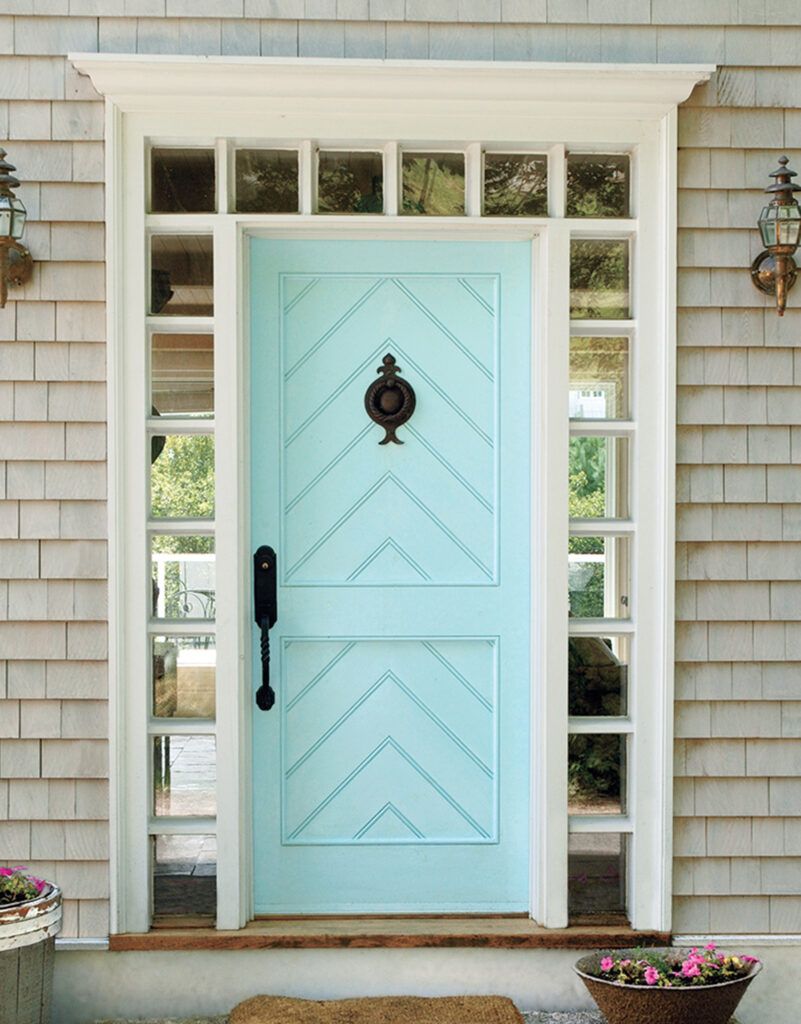
If you want your house to make a great first impression, paint the front door a fun, glossy hue. “Red is a lucky color in many cultures,” says Lara Allen-Brett, a New Jersey-based stager. A red door meant “welcome” to weary travelers in early America, and on churches it represents a safe haven.
Two other hues gaining favor are orange and yellow, according to San Francisco-based stager Christopher Breining. Both colors are associated with joy and warmth.
One thing that should go is an outdated screen door. Get rid of it or replace it with a storm door with full-length glass that you can switch out for a screened panel.
2. Paint Walls in Light and Neutral Colors
Painting a room a different color can create a dramatic change in your space. Stick to colors like beige or gray, especially on the first floor, where flow is important. “You want to minimize jarring transitions,” says Breining. Neutral walls give you the greatest decorating flexibility, allowing you to easily switch up your accessories.
And if you have two small rooms next to each other, painting them the same neutral color helps them feel larger. Look at a paint strip and move up or down a shade or two for a subtle variation from room to room, suggests Allen-Brett.
Changing paint colors is an inexpensive way to update a room. Match your new color to the surrounding decor so you don’t feel compelled to purchase new accessories, or consider painting an accent wall to create some contrast.
3. Make Sure Your Sofa “Talks” to Your Chairs
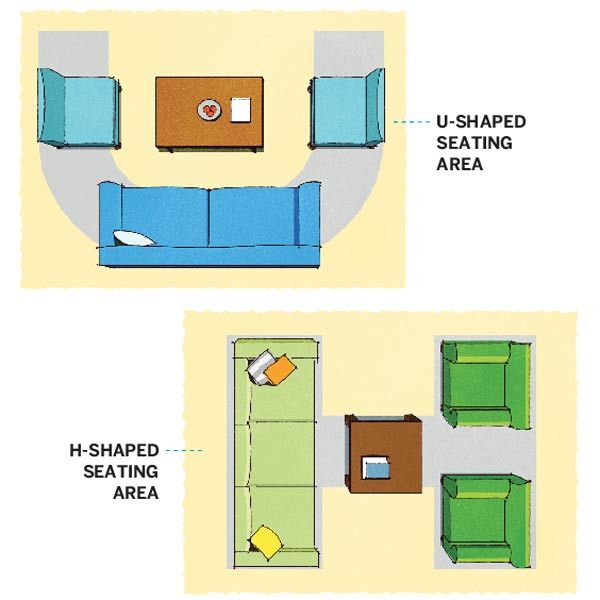
Your living space is often where people congregate, drawing family and friends together. To create a warm and welcoming environment, consider arranging your furniture in a way that invites connection.
“A conversation area that has a U-shape, with a sofa and two chairs facing each other at each end of the coffee table, or an H-shape, with a sofa directly across from two chairs and a coffee table in the middle, is ideal,” says Michelle Lynne, a Dallas-based stager.
One common mistake to avoid is pushing all the furniture against the walls. “People do that because they think it will make their room look bigger, but in reality, floating the furniture away from the walls makes the room feel larger,” she says.
4. Let the Sun Shine
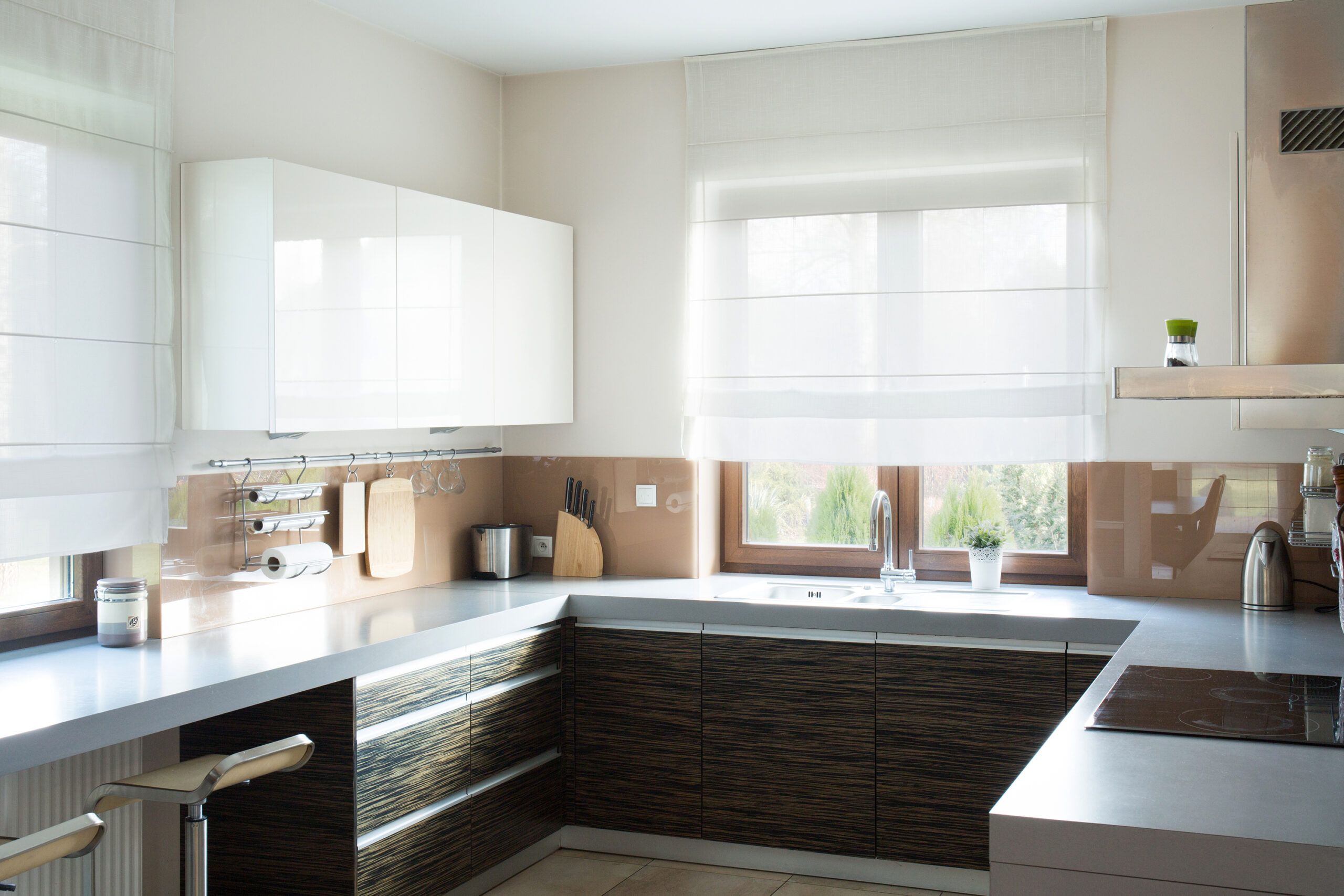
“When it comes to heavy, outdated drapes, a naked bank of windows is better than an ugly one,” says Lynne. Ideally, window dressings should be functional and elegant—think sheers paired with full-length panels.
If your room gets a lot of sun, opt for light colors that won’t fade. The most recommended lightweight fabrics for panels are cotton, linen, and silk blends because they tend to hang well.
For homeowners looking to decorate without breaking the bank, new window treatments help dress up a room at a relatively low cost. Opt for curtains, roller shades, or vertical blinds to keep costs down. Or, as mentioned above, you can also strip your windows and leave them bare for natural light to stream in.
5. Hang at Least One Mirror in Every Room

“Mirrors can make a space feel brighter because they bounce the light around the room,” says Breining. But placing one in the wrong spot can be almost as bad as not having one at all.
Put mirrors on walls perpendicular to windows, not directly across from them. Hanging a mirror directly opposite a window can actually bounce the light right back out the window.
In the video below, This Old House general contractor Tom Silva shares tips and techniques for safely hanging a heavy mirror:
6. Scale Artwork to Your Wall
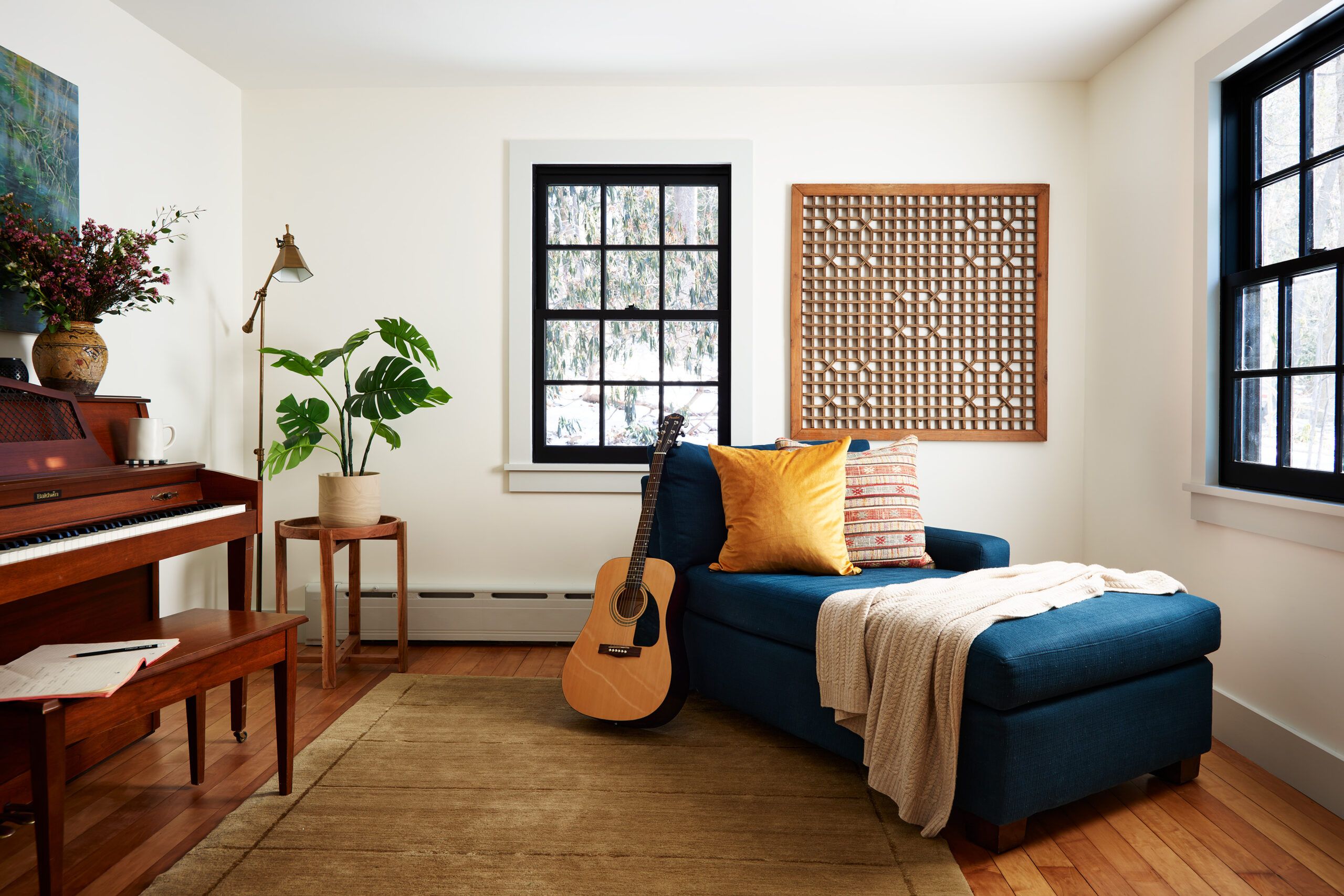
“There are few things more ridiculous-looking than hanging dinky little art too high on the wall,” says Breining. The middle of a picture should hang at eye level. If one person is short and the other tall, average their heights.
Take scale into account. For a large wall, go big with one oversize piece or group smaller pieces gallery-style. For the latter, don’t space the pictures too far apart—2 to 4 inches between items usually looks best.
7. Layer Your Lighting
Lighting plays an important part in our homes, setting the tone and ambiance. Every room should have three kinds of lighting:
- Accent: Accent lighting is more decorative and is used to highlight certain home features, such as artwork.
- Ambient: This lighting provides overall illumination and often comes from ceiling fixtures.
- Task: Task lighting is often found over a kitchen island or a reading nook.
For a living room, you should have at least 3 watts (42 lumens) per square foot. One visual trick Breining swears by is using uplights. “Placing a canister uplight or a torchiere in the corner will cast a glow on the ceiling, making a room seem bigger,” he says.
8. Anchor Rugs Under Furniture Feet
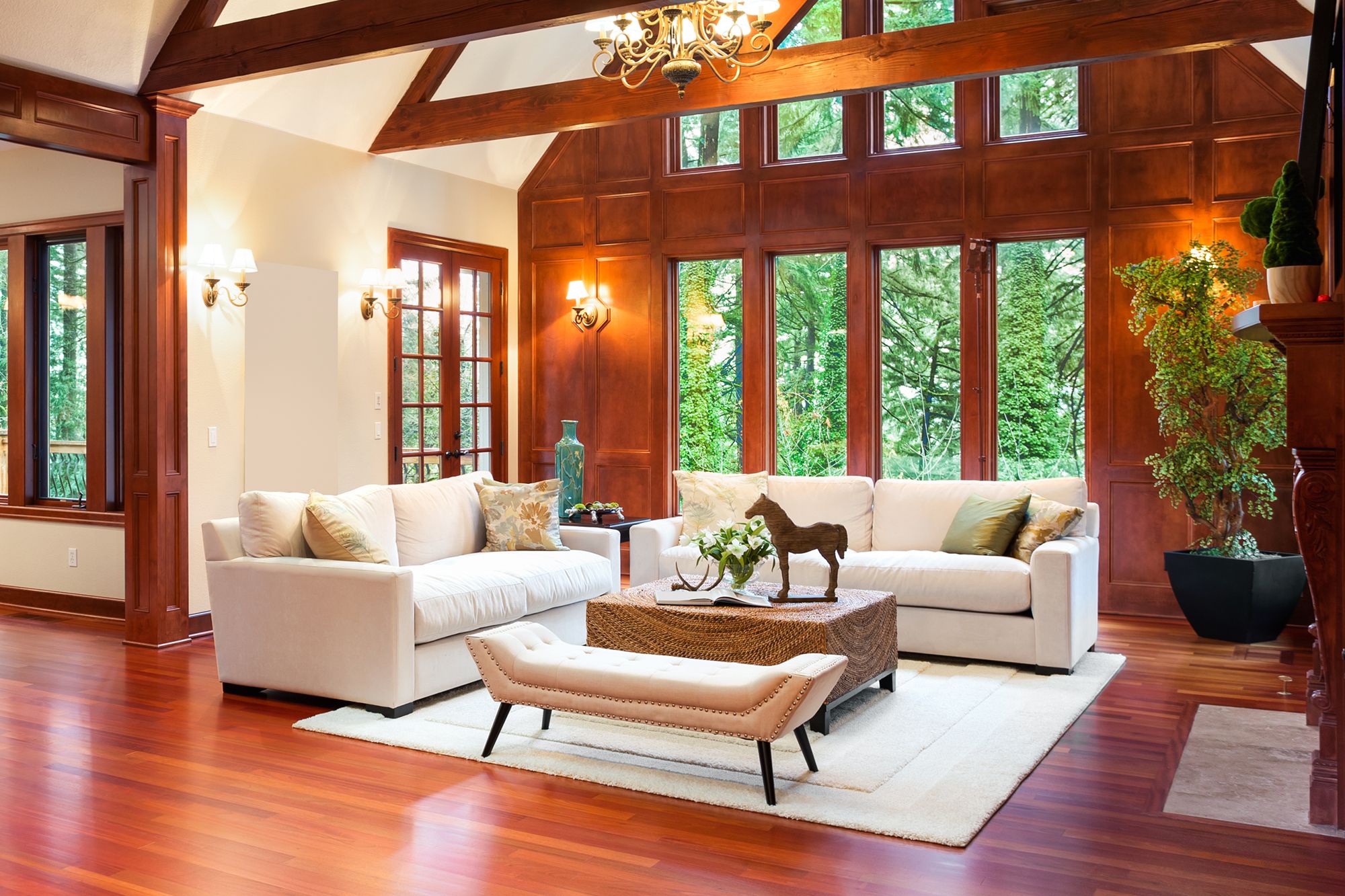
When it comes to area rugs, placement and sizing are key. “In a living room, all four legs of the sofa and chairs in a furniture grouping should fit on it—the rug should define the seating area,” says Breining. “At the very least, the front two legs of the sofa and chairs should rest on it,” he adds.
Even living rooms with less-than-generous proportions usually require an 8-by-10-foot or a 9-by-12-foot rug to properly accommodate a seating area. Go too small with the rug size and everything looks out of scale.
9. Call in a Pro to Declutter
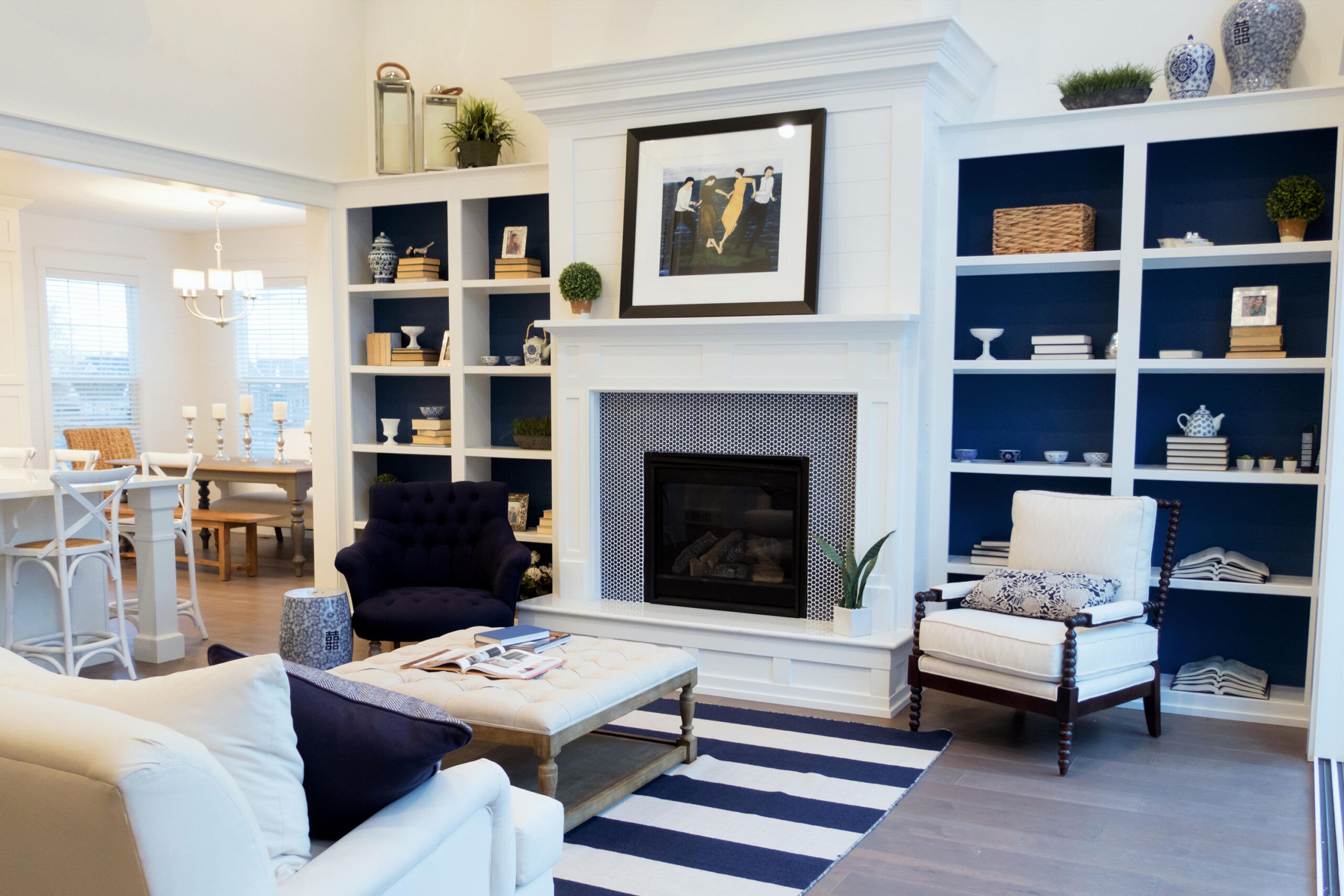
The longer you live in a house, the less you see the mess over time. Sometimes you need a fresh pair of eyes. You can hire an organizer for a few hours to tackle bookshelves and closets, which are often packed with twice the amount of stuff they should hold. A professional organizer costs on average $522 per project or between $55 and $100 per hour.*
If you prefer to take the DIY approach to decluttering, Breining suggests whittling down what’s on your shelves by 50%. Then mix horizontal stacks of books among the vertical rows and intersperse decorative objects, such as bowls or vases, among them.
*Cost data in this section sourced from Angi
10. Use Visual Tricks To Raise the Ceiling
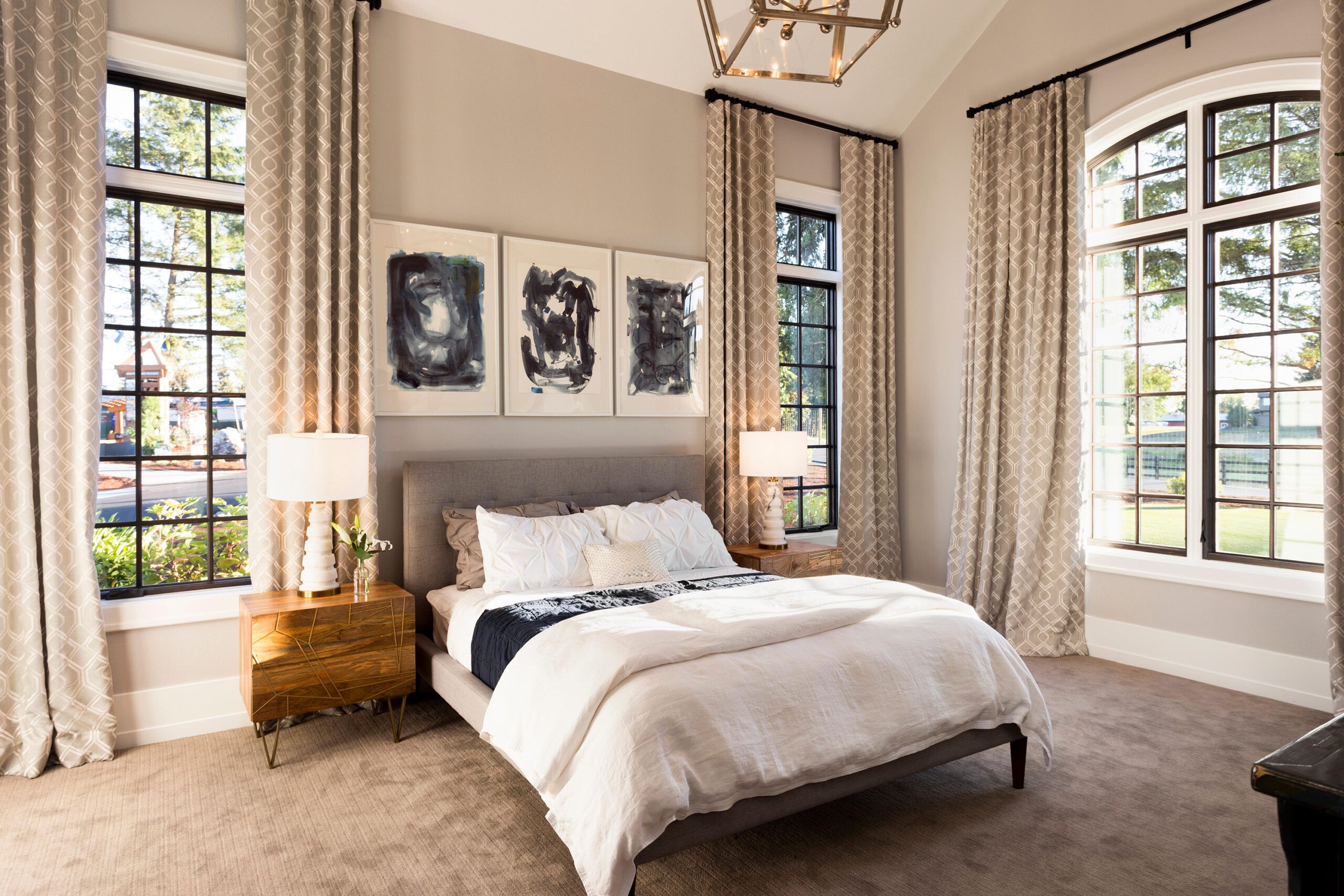
If your ceilings are on the low side, paint them white to make the room feel more expansive. Hang curtains higher than the windows, suggests Allen-Brett, to trick your eye into thinking the room is taller. Most standard curtain panels measure 84 or 96 inches, allowing you to go about 3 inches above the window casing before the length gets too short.
If you want to hang them higher, you’ll have to order custom drapes. Love patterned panels? Try vertical stripes—the lines visually elongate your walls. Leaning a large mirror against a wall can also make a room seem taller.
11. Give Old Finishes an Update
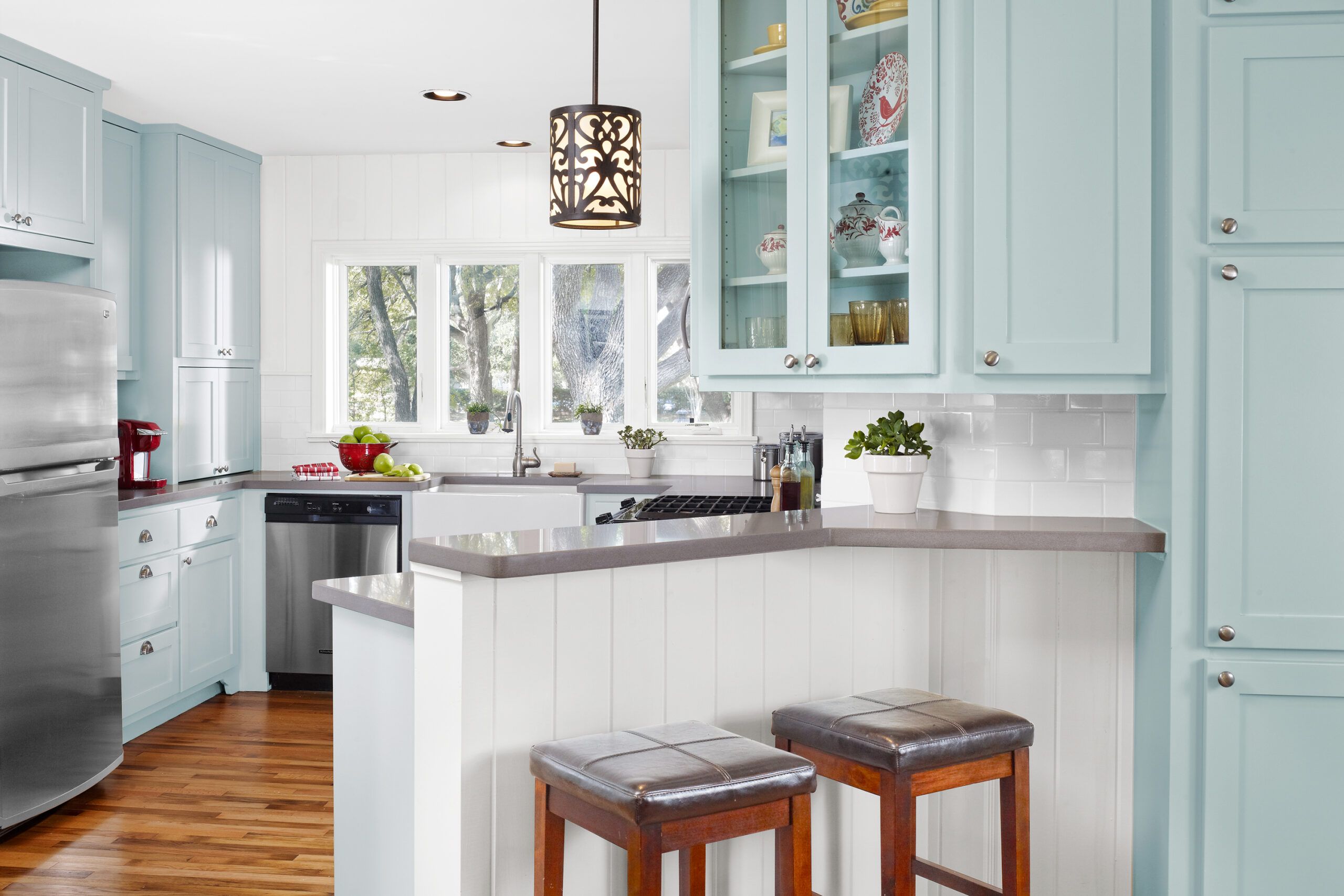
Got dated fixtures? Reinvent them with spray paint and inexpensive refinishing kits. “A 1980s brass chandelier can get a new lease on life with a quick coat of hammered-bronze or satin-nickel spray paint,” says Breining.
Even outdated kitchen cabinets benefit from a few coats of white paint and new hardware. And if you thought there was no hope for Formica countertops, think again. Breining swears by Rust-Oleum Countertop Transformations, a DIY counter-coating product that mimics stone, making even the most dated 1970s counter look fresh.
Finally, swap out cracked and mismatched switch plates and outlet covers for updated matching ones. Says Lynne: “Nothing drags down a refreshed space like a dingy, almond-colored switch plate.”
Our Conclusion
You can flex your creative muscle to transform your space and improve its flow. Use a punchy color to brighten your front door, let in the sun by hanging sheer curtains on a window, and create a welcoming living space with a U- or H-shaped seating area. Have fun decorating your home without breaking the bank by adding a fresh coat of paint on your walls, dressing up your windows, and swapping out your old area rug for a new one.
FAQ About DIY Home Decorating
You can make your room look bigger by painting the walls in a lighter color that makes the room feel airy and spacious. You can also ditch the curtains and rugs, opt for smaller furniture, and decorate with mirrors that will reflect light.
A few common decorating mistakes to avoid are limiting light sources, opting for furniture that doesn’t fit the space properly, redecorating without decluttering first, and using rugs that are too small for the room.
You can decorate on a budget by painting your room a new color, switching out your lamps and light fixtures, and using new accessories, such as throw pillows and artwork. You can also take the DIY approach and refinish wood furniture or reupholster chairs and sofas.
